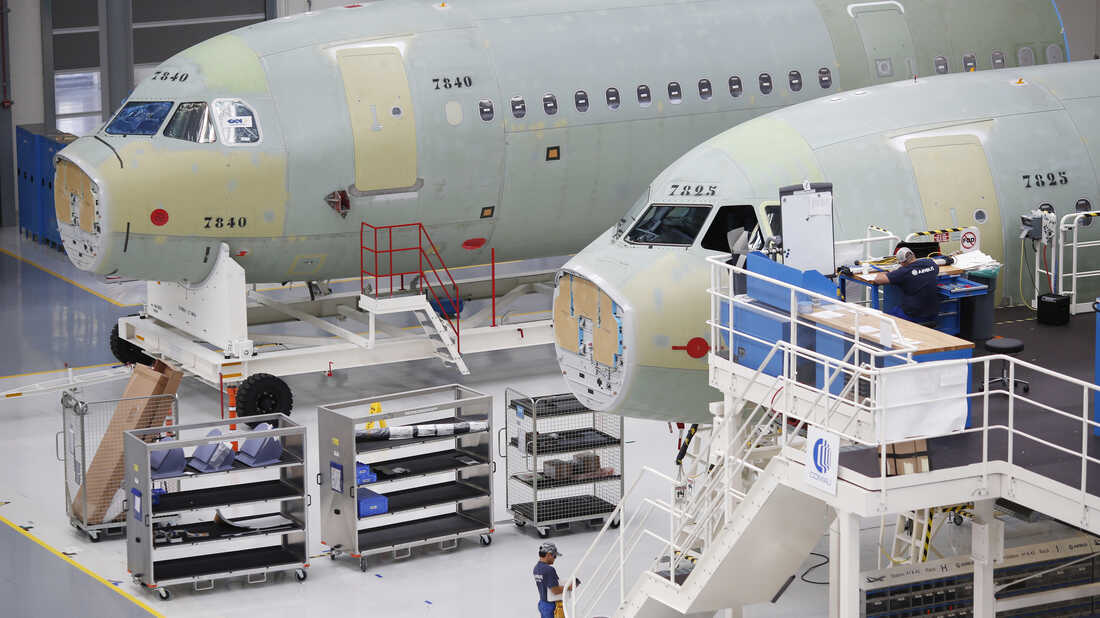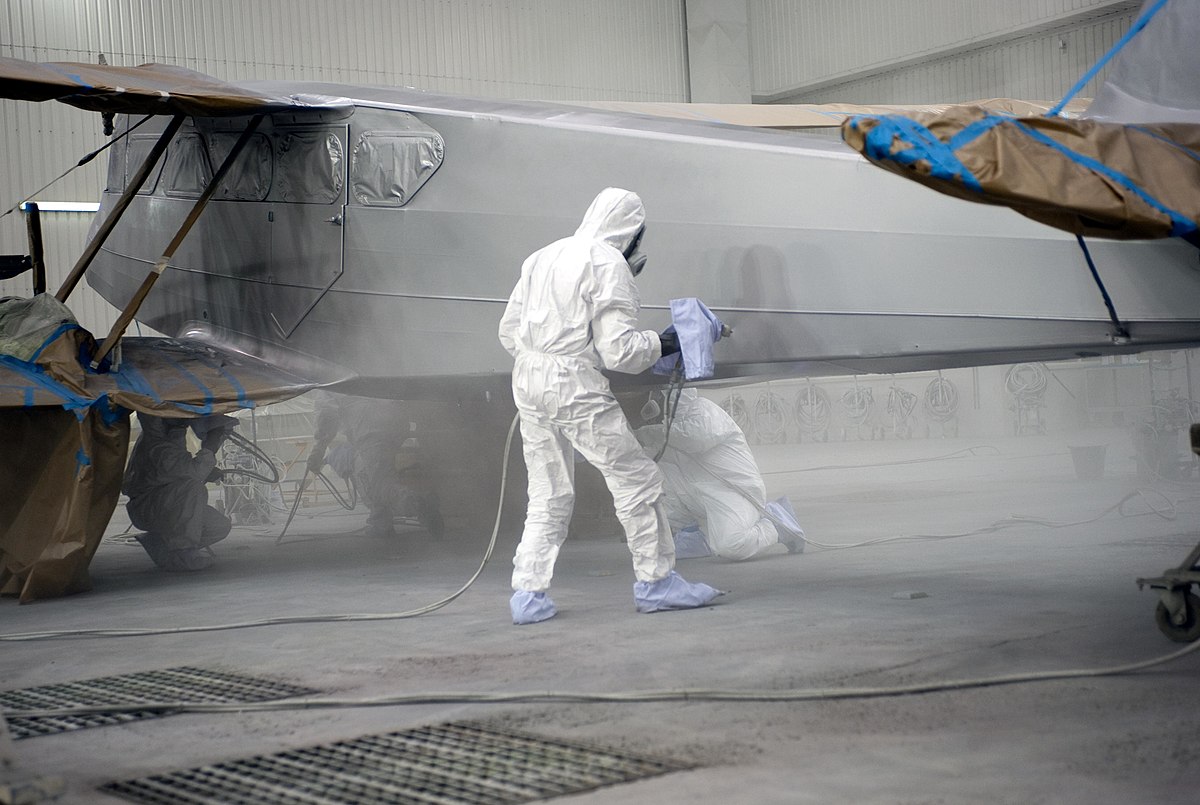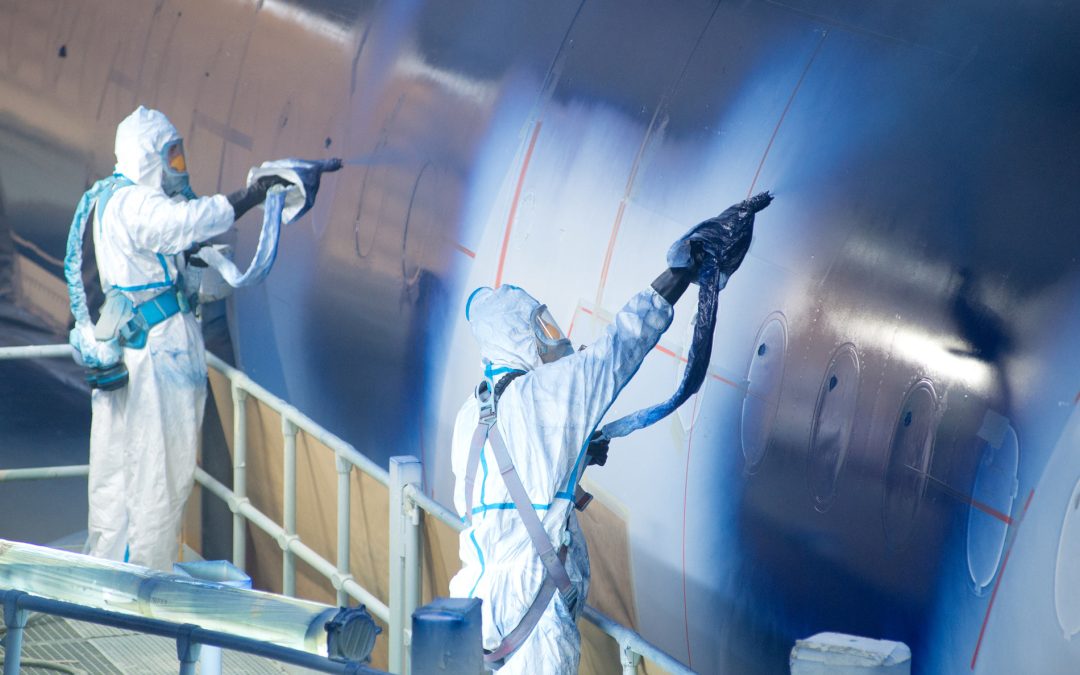The aviation industry has long been met with the substantial challenges of maintaining the aesthetic and functional integrity of aircraft paint. One paramount concern that greatly affects operational efficiency and costs is paint rework. We are delighted to introduce a tremendous technology that has been approved as a solution to reduce aircraft paint rework: automated inspection systems. In this article, we will delve into how automated inspection techniques can enhance paint application quality, ensuring significant reductions in rework rates.

Understanding the Importance of Aircraft Paint Quality
The quality of aircraft paint goes beyond visual appeal. High-quality paint ensures the protection of the aircraft’s surface from environmental factors such as corrosion and ultraviolet rays. It also plays a significant role in brand representation for airline companies.
Role of Automated Inspection
Automated inspection systems operate by deploying advanced technologies to assess the quality of paint jobs systematically. These systems can detect even minute deviations, enabling timely corrective actions that minimize paint rework.
Challenges in Aircraft Paint Application
Several issues can lead to paint rework, including improper surface preparation and environmental contamination during painting. Traditional manual inspection methods often fall short in swiftly identifying these flaws, leading to increased rework.
Manual Inspection Drawbacks
Manual inspections are time-consuming and may overlook minor defects. They also depend heavily on the inspectors experience and are prone to human error.
The Emergence of Technology in Inspection
Automated inspection systems employ technologies like machine vision and artificial intelligence to streamline the inspection process. This not only reduces the time required but also ensures a higher degree of accuracy.
Machine Vision in Paint Inspection
Machine vision involves using cameras and specialized software to capture and analyze the quality of paint application in real-time. This technology can detect issues such as uneven paint layers and color mismatches.
Benefits of Automated Paint Inspection
Cost-effectiveness
By reducing the need for rework, automated inspection systems help cut down substantial costs involved in repainting and delays in delivery schedules.
Consistency and Accuracy
Automated systems ensure consistent and accurate assessment of paint jobs, reducing the variability that comes with manual inspections.
Integration with Existing Processes
Ease of Implementation
Modern automated inspection systems are designed to be easily integrated into existing painting processes with minimal disruptions.
Training and Adaptation
Training personnel to operate these systems is straightforward, thanks to intuitive interfaces offered by most modern automated inspection solutions.
Approved Techniques in Automated Inspection
Advanced Algorithms
Utilizing advanced algorithms, these systems can analyze paint quality efficiently and accurately, identifying potential issues faster than manual methods.
High-Speed Performance
Automated inspection systems operate at a high speed, ensuring that paint jobs are assessed in real-time, leading to timely corrections.
Real-world Applications
Case Studies
Several aviation companies have reported impressive results after implementing automated inspection systems. These companies experienced marked reductions in paint rework and improved paint quality consistency.
Conclusion
Automated inspection systems represent a significant advancement toward reducing aircraft paint rework. By embracing this approved technology, the aviation industry can achieve higher efficiency, substantial cost savings, and unmatched paint quality consistency. For further reading, you may want to check Sherwin-Williams Aerospace.

FAQs
How does automated inspection reduce rework?
Automated inspection reduces rework by identifying defects early, allowing for timely corrections.
Is training required for using these systems?
Yes, but the training is typically straightforward and quick thanks to user-friendly interfaces.
What types of defects can automated systems detect?
These systems can detect a range of defects, including uneven layers, color mismatches, and surface contaminants.
